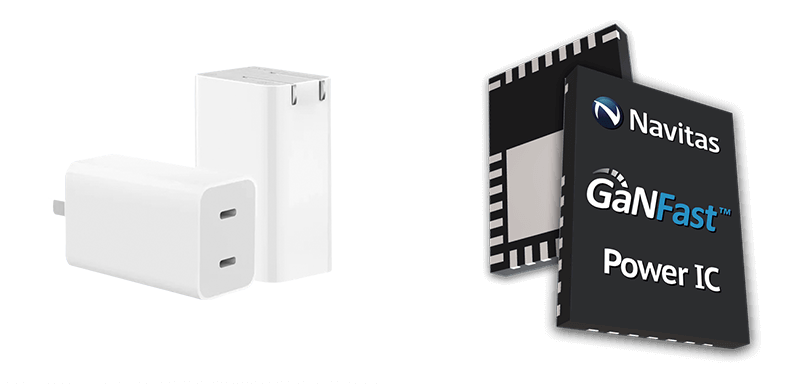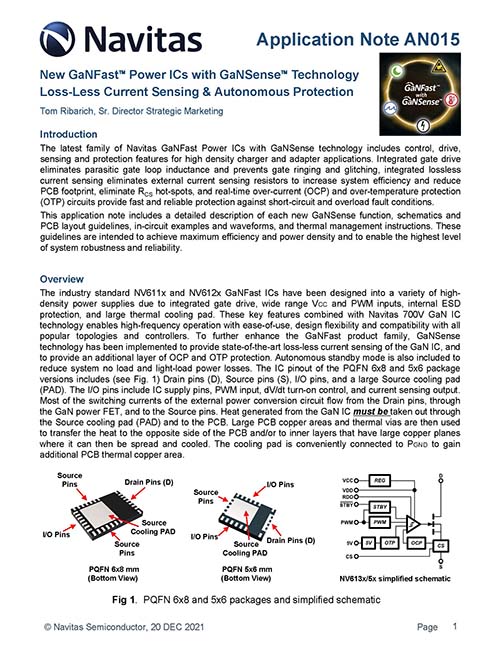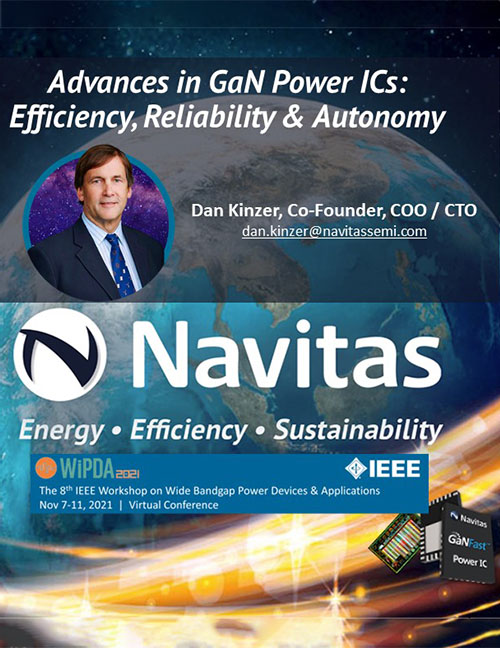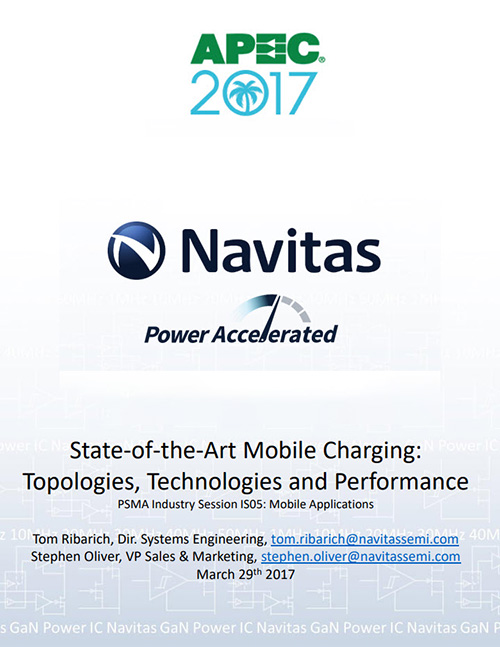
Mobile
Fast charging,
smallest form factor
Higher capacity batteries and the demand for faster charging drive chargers to higher power, greater efficiency and smaller form factors. GaNFast power ICs revolutionize fast – and ultra-fast – charging for all mobile devices: phones, tablets and laptops by charging 3x faster in half the size and weight.
Explore the world of fast chargers using GaNFast power ICs at GaNFast.com
Navitas is the leader in GaN with over 200 chargers in production using GaNFast power ICs.
Navitas is in mass production with nine of the top ten mobile and laptop OEMs, with ten of ten targeted by the end of the year.
App Notes, Articles
AN015: New GaNFast™ Power ICs with GaNSense™ Technology Loss-Less Current Sensing & Autonomous Protection
Read More
Advances in GaN Power ICs:
Efficiency, Reliability & Autonomy
Read More
State-of-the-Art Mobile Charging: Topologies, Technologies and Performance
Read More



